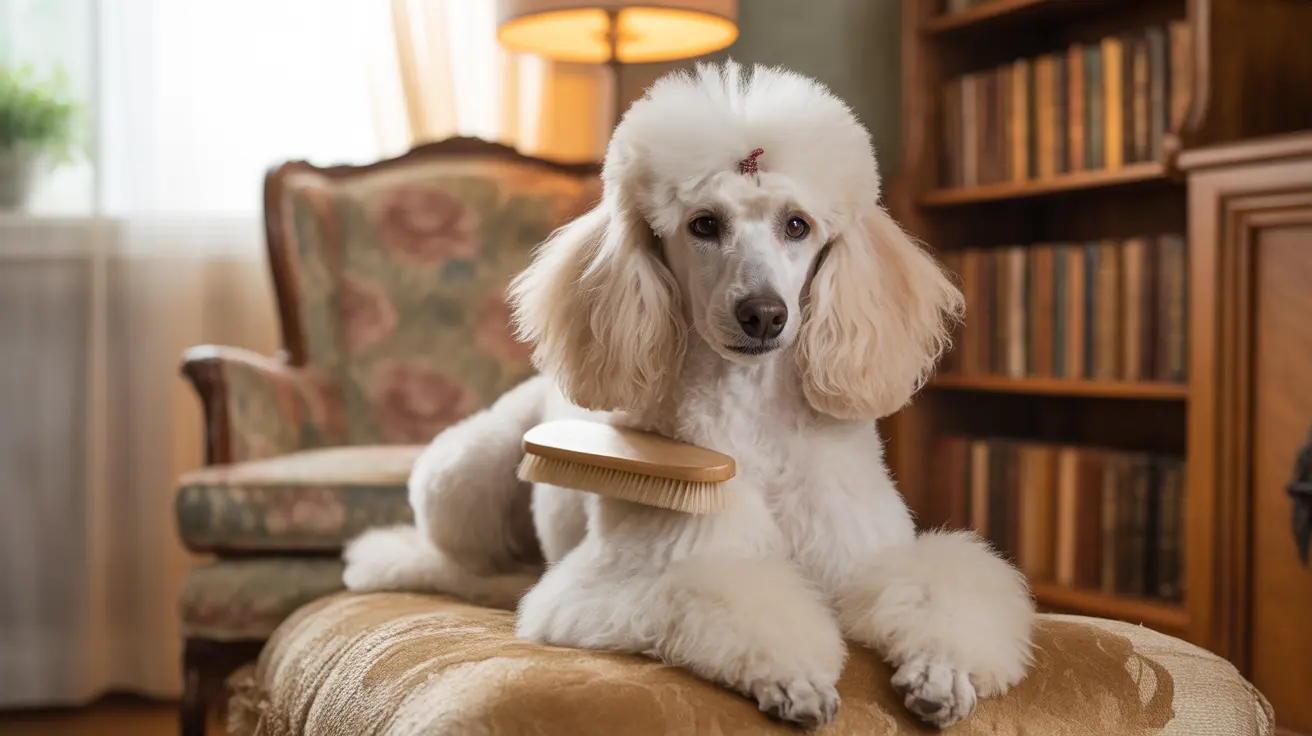For millions of people who love dogs but suffer from pet allergies, hypoallergenic dogs offer hope for harmonious pet ownership. While no dog is completely allergen-free, certain breeds are known to produce fewer allergens, making them more suitable companions for allergy sufferers.
In this comprehensive guide, we'll explore everything you need to know about hypoallergenic dogs, from understanding what makes a dog hypoallergenic to identifying the best breeds for allergy-conscious families.
Understanding Dog Allergies and Hypoallergenic Breeds
Contrary to popular belief, dog allergies aren't triggered primarily by fur but by proteins found in a dog's dander (dead skin cells), saliva, and urine. Hypoallergenic dogs typically produce less dander and shed minimally, which helps reduce the spread of these allergens throughout your home.
These breeds often have hair instead of fur, which grows continuously like human hair and requires regular grooming. This continuous growth pattern means less shedding and fewer allergens released into the environment.
Top Hypoallergenic Dog Breeds
Poodles and Poodle Crosses
Poodles, available in Standard, Miniature, and Toy sizes, are the gold standard for hypoallergenic dogs. Their tightly curled coat traps dander effectively and sheds minimally. Popular poodle crosses like Labradoodles and Goldendoodles often inherit these desirable coat characteristics.
Small Hypoallergenic Breeds
The Bichon Frise, Maltese, and Yorkshire Terrier are excellent choices for apartment living. These breeds combine low-allergen coats with manageable size and adaptable personalities. Their smaller size also means less surface area for allergen production.
Medium-Sized Options
The Portuguese Water Dog, Soft-Coated Wheaten Terrier, and Standard Schnauzer offer more substantial alternatives without compromising on their hypoallergenic qualities. These breeds are known for their intelligence, trainability, and family-friendly nature.
Essential Care for Hypoallergenic Dogs
Grooming Requirements
Regular grooming is crucial for maintaining the hypoallergenic qualities of these breeds. Most require professional grooming every 6-8 weeks and daily brushing at home. This maintenance helps prevent mat formation and reduces allergen accumulation in the coat.
Home Management Strategies
Creating an allergy-friendly environment involves more than just choosing the right breed. Using HEPA air purifiers, maintaining regular cleaning schedules, and establishing dog-free zones (especially in bedrooms) can significantly reduce allergen exposure.
Living Successfully with a Hypoallergenic Dog
Success with a hypoallergenic dog requires commitment to both pet care and environmental management. Regular bathing, grooming, and house cleaning create a foundation for minimal allergen exposure. Many families find that combining these practices with the right breed choice makes dog ownership possible despite allergies.
Frequently Asked Questions
What does hypoallergenic really mean when it comes to dog breeds, and can any dog be completely allergen-free?
Hypoallergenic means these dogs are less likely to trigger allergic reactions, but no dog is completely allergen-free. These breeds typically produce fewer allergens through reduced shedding and dander production.
Which dog breeds are considered the best hypoallergenic options for allergy sufferers?
The most reliable hypoallergenic breeds include Poodles, Bichon Frises, Portuguese Water Dogs, and Maltese. These breeds consistently rank among the best choices for allergy sufferers due to their non-shedding coats and reduced dander production.
How does grooming help reduce allergens from hypoallergenic dogs, and what are the best grooming practices?
Regular grooming removes loose hair and dander before they can spread through your home. Best practices include daily brushing, professional grooming every 6-8 weeks, and regular bathing with appropriate dog shampoos.
Are there specific coat types or shedding traits that make some dogs better for people with allergies?
Dogs with hair rather than fur, and those with curly or wavy coats, tend to be better for allergy sufferers. These coat types trap dander close to the skin and shed less than straight, traditional fur coats.
How can I manage my home environment to minimize allergic reactions when living with a hypoallergenic dog?
Use HEPA air purifiers, vacuum frequently with a HEPA-filtered vacuum, wash dog bedding weekly, and maintain dog-free zones in bedrooms. Regular house cleaning and good ventilation are also essential.
Conclusion
While no dog is truly allergen-free, hypoallergenic breeds offer a practical solution for allergy sufferers who dream of dog ownership. Success lies in choosing the right breed, maintaining proper grooming practices, and implementing effective environmental controls. With the right approach, many allergy sufferers can enjoy the companionship of these special breeds.






